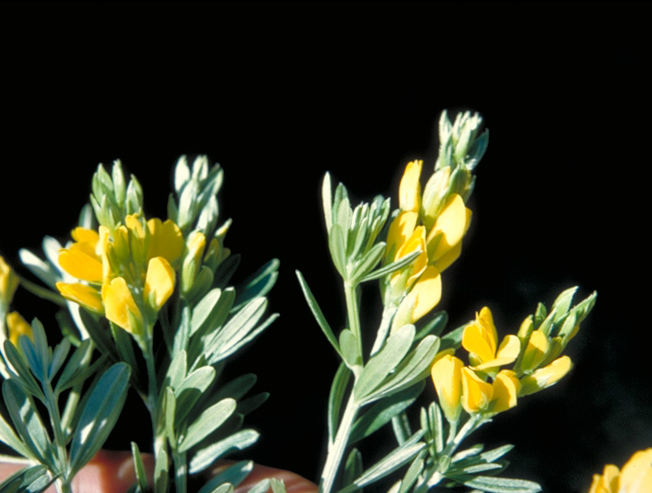Created on: Wednesday, Jan 27th, 2016
A Plant Assessment Form was completed for the Cal-IPC Inventory, but the species wasn't added because of uncertainty about impacts, specifically whether the impacts would be similar to French broom. Most of the information in the PAF was based on extrapolation from French Broom. The PAF was never finalized.
Direct link to Australia websites:
Queensland - http://keyserver.lucidcentral.org/weeds/data/03030800-0b07-490a-8d04-060...
Victoria - http://agriculture.vic.gov.au/agriculture/pests-diseases-and-weeds/weeds...
PRE reviewed by Irina Irvine, Santa Monica Mountains National Recreation Area.
- < 13 : accept (low risk of invasiveness)
- 13 - 15 : evaluate further
- > 15 : reject (high risk of invasiveness)

